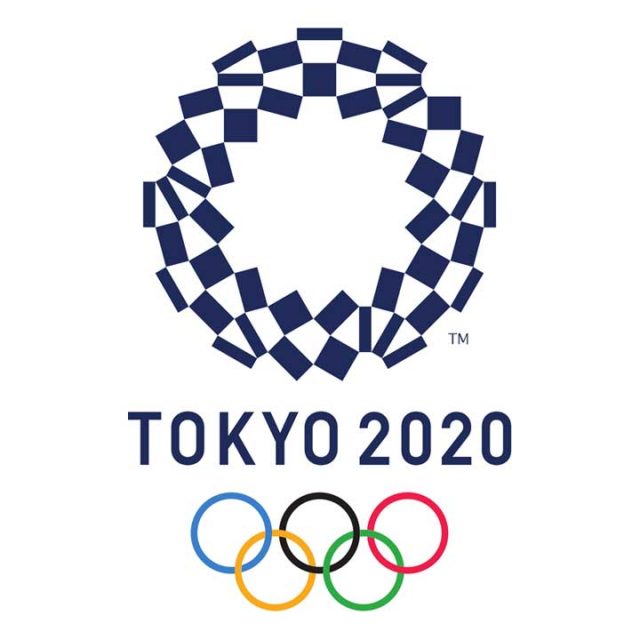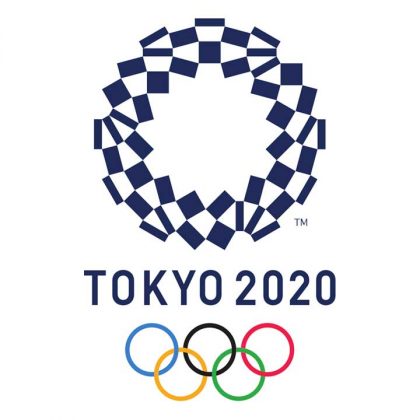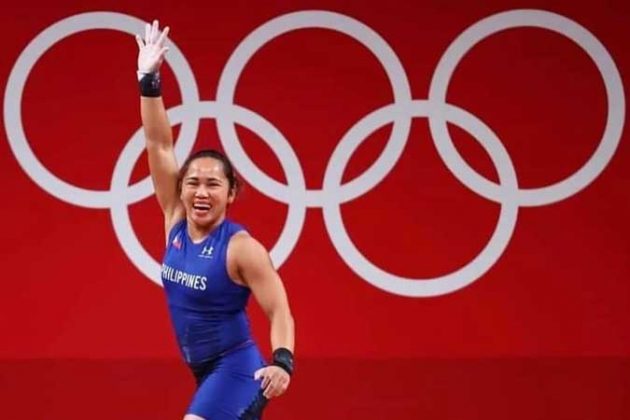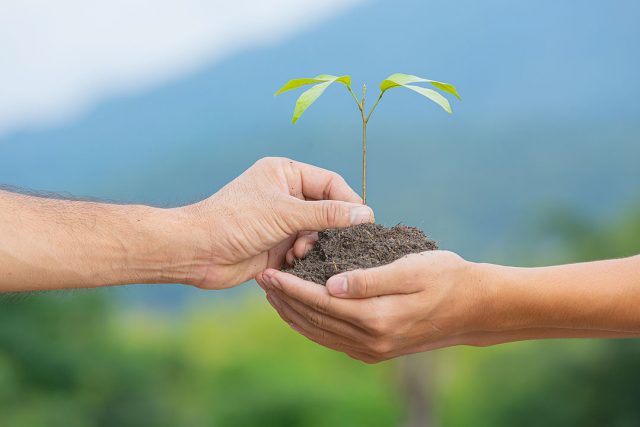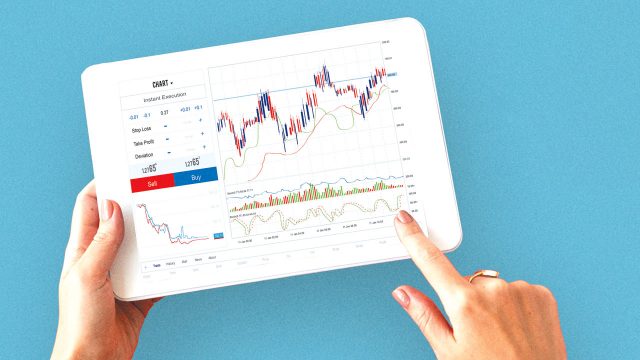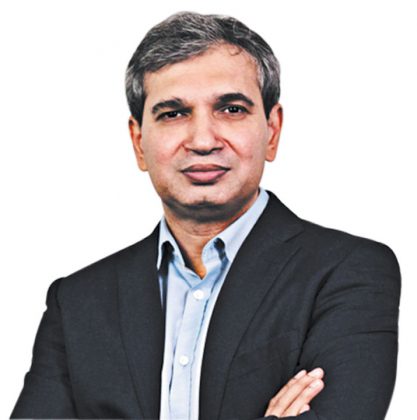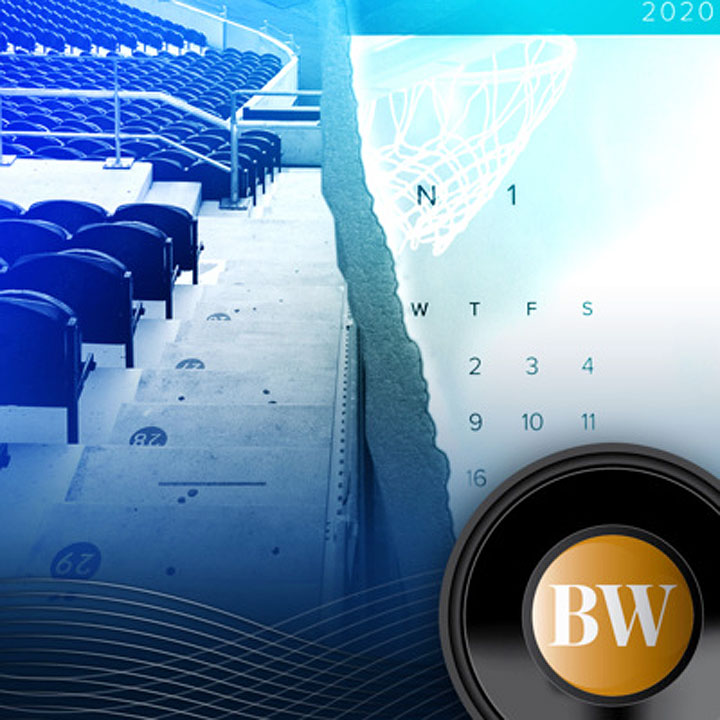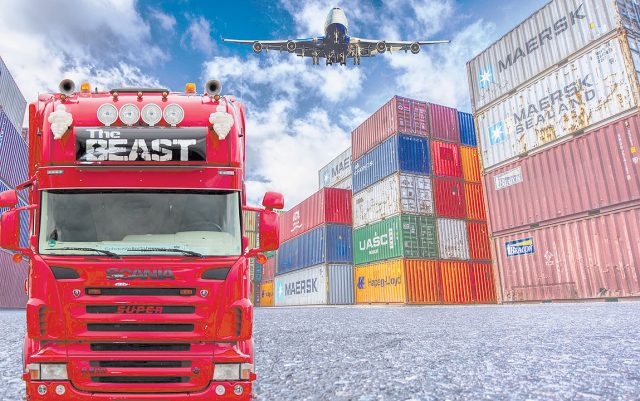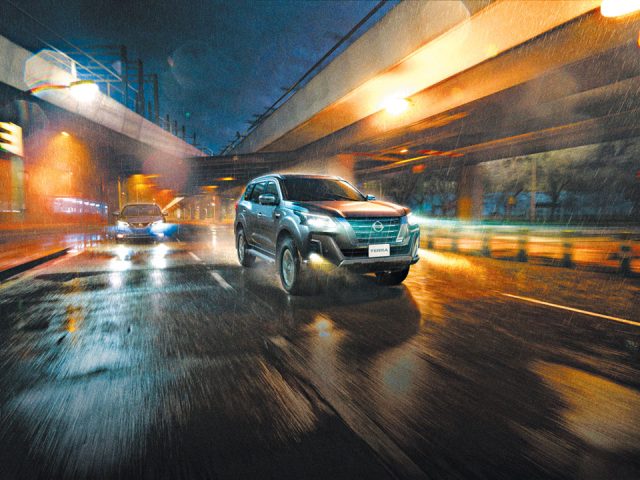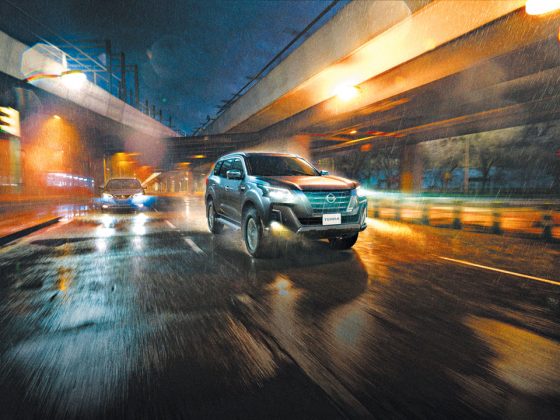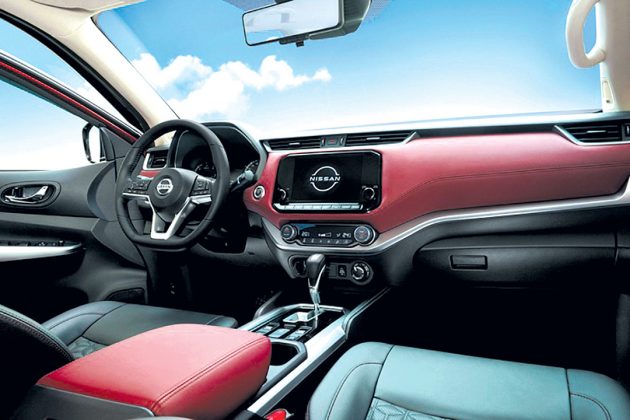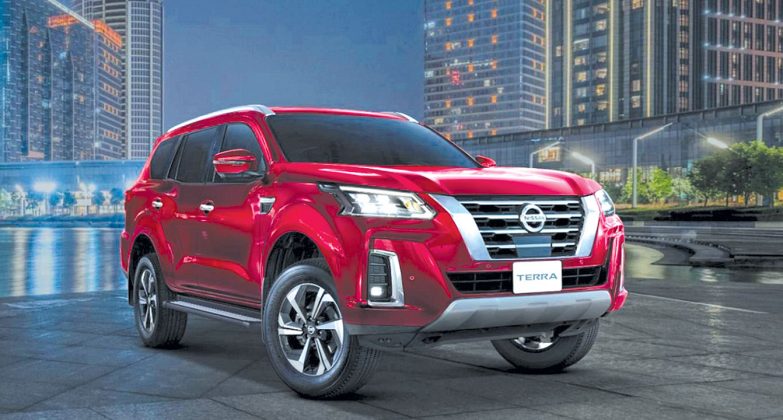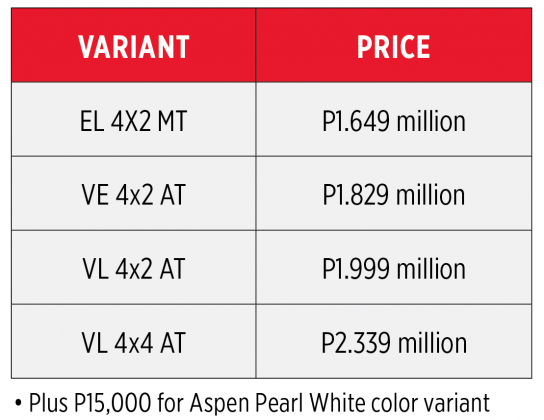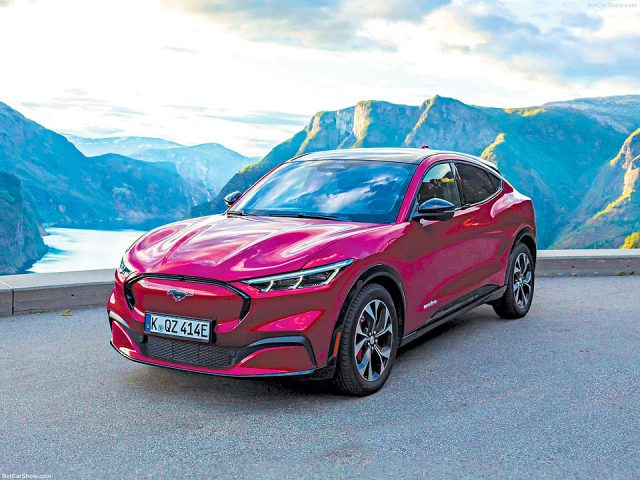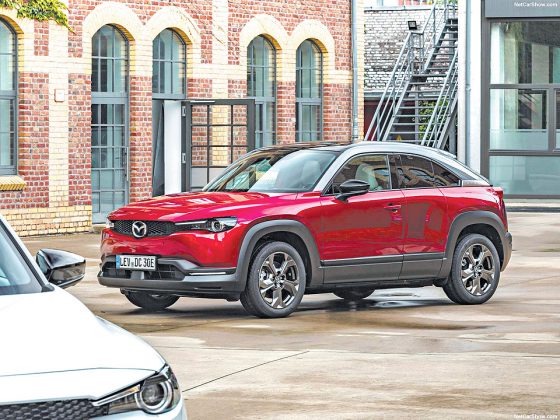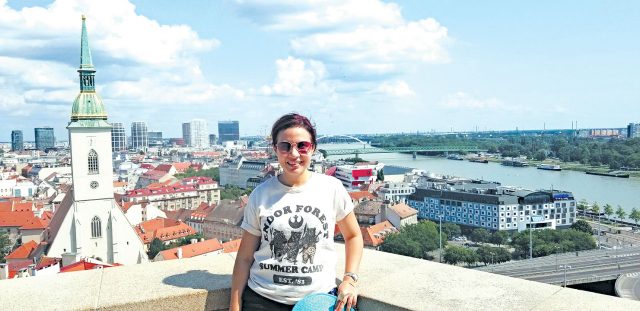Building on the momentum of success at the Tokyo Olympics
By Michael Angelo S. Murillo, Senior Reporter
The 32nd Summer Olympics in Tokyo turned out to be an edition to remember, with the multi-medal haul, including a first gold, a watershed moment for Philippine sports.
As the pandemic-hit Olympics drew to a close on Aug. 8, the Philippines held joint 50th place in total medals won — boosted by the gold won by weightlifter Hidilyn F. Diaz — a far cry from previous Olympiads in which the country hardly figured in the race.
The Philippines also won two silver medals (Nesthy A. Petecio and Carlo Paalam) and a bronze (Eumir Felix D. Marcial) from the boxing team.
It was the first multi-medal showing for the Philippines since the 1932 Olympics in Los Angeles, where the contingent brought back three bronze medals.
“Well, definitely this speaks volumes about our capacity in terms of sports performance at the elite level. The road was not easy for the Philippines but I think because of the positive things that happened in the previous years, this was the result of it,” said Francis Carlos B. Diaz, a national team coach and dean of the University of the Philippines College of Human Kinetics, in an interview with BusinessWorld.
The UP dean believes the partnership between the government and private institutions, the effort to give elite athletes access to international training and competition, and providing for the athletes’ needs helped contribute to Team Philippines’ success.
He also noted the athletes’ determination to do well in the Olympics, which almost did not happen because of the pandemic, and “extrinsic motivations,” in the form of incentives both in cash and in kind.
“Every Olympics we qualify some athletes and we’re always hopeful. But we saw (results) from Day One and it’s truly inspirational to the Filipino nation. And it’s not just the winners but everyone who competed there,” he added.
Mr. Diaz, who served as the chef de mission for the Philippine delegation to the Tokyo Paralympic Games, also in August, said the Philippines’ breakthrough showing in the Olympics should be taken a starting point for future campaigns in order for the progress made not be wasted.
He said at least two areas within his area of expertise are likely to be impacted by the recent Olympic success — academic and administrative.
“As an academic, as a PE (physical education) teacher, this gives us hope to really motivate and provide our students with the best programs possible for them,” he said.
Mr. Diaz said appreciation for physical activity must start at a young age.
He said PE in the grade school level is currently allotted 40 minutes a week, since it is lumped under MAPEH (music, arts, physical education and health), which he believes will not do.
“If you look at the countries with a lot of medals, all of them start at a young age. Physical activities take place every day as provided by their schools’ PE programs. So we have to have a new (approach to) that,” Mr. Diaz said.
Administratively, meanwhile, the country’s sports leaders are recognizing the lessons from the Tokyo campaign.
“One standout lesson from Tokyo was the importance of providing holistic support to our national athletes,” he said.
The Philippine Sports Commission (PSC), per the data it provided, has released some P2 billion since 2017 for the national team, covering, among others, the foreign exposure of the Olympians and those who vied for Olympic spots.
The gold medalist, Ms. Diaz vouched for how steady support for athletes goes a long way.
“So that we can win more gold medals, the athletes need all the support they can get. I hope our sports officials have realized that,” she said during an online forum by the Foreign Correspondents Association of the Philippines.
Ms. Diaz went on to say that support should be in tune with the times and suited for what athletes truly need, and not just an exercise in saying that “support was given.”
“They should look at what the athletes really need, what works at the present. Sports leaders should not settle for just what they know, they have to make an effort to learn and take note as well of the needs of a particular sport or an athlete,” she said.
The message has not been lost, with the PSC acknowledging that the road to Tokyo could serve as a blueprint.
“One aspect is the preparation of the athlete, not just talent or having an excellent coach. They also need extensive international exposure, and the PSC spent an enormous amount on these athletes for that,” PSC Chairman William I. Ramirez said in a media forum.
Mr. Ramirez cited Ms. Diaz’s team, collectively known as “Team HD,” as one example.
For the Tokyo Olympics, Ms. Diaz had two coaches for weightlifting and strength and conditioning, a sports nutritionist and a sports psychologist, and also practiced yoga as part of her training. She said the support helped her face the challenges she encountered along the way.
And seeing the result, Mr. Ramirez said the PSC is inclined to continue on such a tack and add to it moving forward, saying: “It gives everyone more impetus to plan and start their preparations.”
Mr. Ramirez said the PSC will soon meet with its counterparts in the Philippine Olympic Committee to discuss the direction they will take, including the need to ask for more funds from the national government and more scientific training for the athletes.
Mr. Ramirez said the blueprint for future competition includes the next Olympics in Paris in 2024 and beyond, as well as other international competitions like the Southeast Asian Games and Asian Games.
PRIVATE SECTOR
UP’s Mr. Diaz said for sustained development and success, private institutions must be continuously encouraged as the government cannot do it alone.
He believes with Olympic success, private companies have an enhanced appreciation of what Filipino athletes are capable of, given the proper support.
The partnerships that national sports associations (NSAs) struck with private companies did wonders.
“Private sector support was very critical,” Mr. Diaz said.
He said sports organizations, and even athletes themselves, must present a compelling case to entice private groups to come on board.
“The NSAs have to exert the effort for the private sector to buy into their respective programs. They have to show they are guided by the right principles, governed properly and have a well-thought-out program,” he said.
Officials of the MVP Sports Foundation, Inc. (MVPSF) agree.
“This is a collective effort —the athletes must perform better because we can only go so far in terms of support,” MVPSF Chairman Manuel V. Pangilinan said in a television interview.
“We’re enablers only but the guy who lifts the weights, the guy who goes to the boxing ring, the guys who go to the basketball court, they must perform because that’s on them, we can only do so much. So they must perform better and they must win because it generates its own virtuous cycle,” he added.
The MVPSF, established 10 years ago, has been in many ways the public face of corporate support for sports. One of its goals has always been to help the Philippines win its first Olympic gold medal.
Since its inception, the organization has poured in at least P2 billion, apart from personal investments made by its officials.
In Tokyo, MVPSF was well represented as the majority of the athletes who competed were supported by the foundation in one form or another, including Ms. Diaz and the boxing team.
Seeing its efforts make significant headway, the MVPSF is now more determined to continue what it started.
Its plans now include establishing a Center for Sports Excellence, converting a 15-hectare property where the First Pacific Leadership Academy currently stands in Antipolo City to a sports center.
“It already has the hotel facilities there, rooms, and then space to build badminton courts, boxing gyms, basketball courts. And we’ll have sports psychologists, trainers, coaches living there as well, so it will effectively be a National Sports Center,” Mr. Pangilinan said.
Mr. Pangilinan is proposing an organization, Philippine Business for Sports Development (PBSD), to further augment private sector support for Filipino athletes.
“Scale of support will likely escalate and I think we should open up,” Mr. Pangilinan said.
“We should have a Philippine Business for Sports Development, invite major companies, sponsors, that might be willing to support,” he added, taking note of its impact on the training of elite athletes and grassroots sports initiatives.
More private sector support is something Skate Pilipinas, the federation for skateboarding, would welcome.
“Aside from having more skate parks, having clinics in different parts of the country to bring the sport to more people, to certify more coaches and judges, and hold events are very important to grow the sport. To help us do that, we will need the help of the private companies and sponsors,” national team coach Dani Garcia said at a media roundtable.
Skateboarder Margielyn Didal made history after competing in skateboarding in the sport’s Olympic debut in Tokyo. She finished seventh in the finals.
To be discussing Olympic success and catch a glimpse of potential upside moving forward is a welcome change, Mr. Diaz, expressing hope that all stakeholders work together to sustain the gains.
He said challenges still lie ahead, especially with the pandemic still very much a factor, but he believes collectively the community can manage the difficulties.
“There will be difficulties, of course. But I think during this pandemic, everybody learned how to adapt to the new normal. We just have to continue finding ways to help our athletes advance and Philippine sports in general. We have raised the bar in Tokyo and it’s going to be a big letdown if we do not follow up on that,” Mr. Diaz said.
Mr. Pangilinan, for his part, said whether in life or in sports, people must forge ahead.
“The essence of sports is to face up to the challenges and proceed with it. That’s the lesson for us,” he said.

